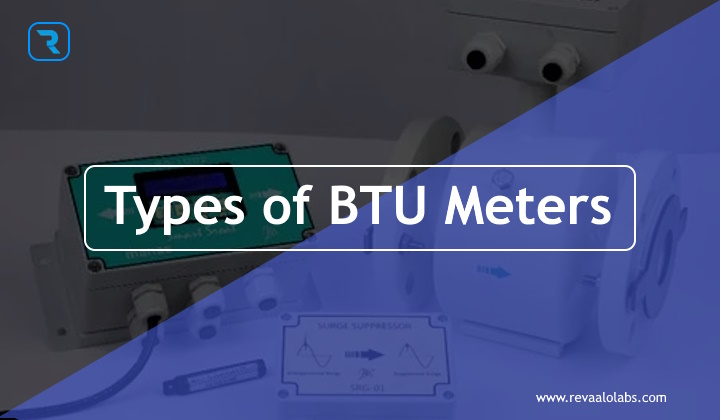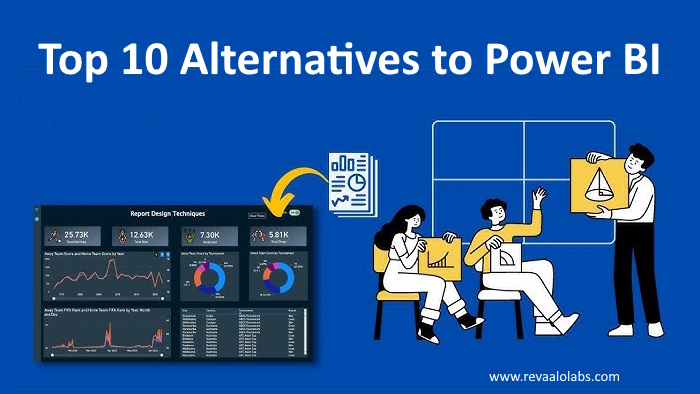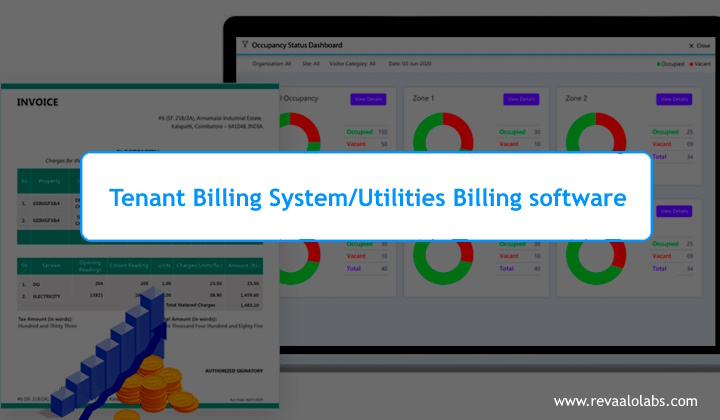#BTU #Meters

There are several types of BTU meters available, each designed to suit specific applications and requirements.
Here are some common types of BTU meters:
Inline BTU Meters:
BTU meters are installed directly in piping systems where fluids flow (usually water). They consist of temperature sensors and a flow meter integrated into a single unit. Inline meters are commonly used in HVAC systems and district heating/cooling applications.
Clamp-On or Strap-On BTU Meters:
Externally mounted on the outside of the pipe, these meters are non-intrusive. Temperature sensors are attached to the pipe surface. It is often impractical to cut into piping for the installation of clamp-on meters.
Ultrasonic BTU Meters:
Ultrasonic BTU meters use ultrasonic technology to measure the velocity of the fluid in the pipe. They are non-intrusive and provide accurate measurements without the need to penetrate the pipe. Ultrasonic meters are commonly used in situations where pipe cutting is not possible or undesirable.
Vortex Shedding BTU Meters:
The vortex shedding meter measures the frequency at which vortices form behind an obstruction in a fluid flow. Frequency is proportional to flow rate. The exchanged thermal energy can be calculated using flow rate and temperature differential data.
Electromagnetic BTU Meters:
Electromagnetic meters, also known as magmeters, use the principles of electromagnetic induction to measure fluid flow. They can be used to measure conductive liquids, such as water with a certain level of dissolved ions. When integrated with temperature sensors, electromagnetic meters can function as BTU meters.
Thermal Dispersion BTU Meters:
These meters use the principle of thermal dispersion to measure fluid flow. They consist of two temperature sensors and a heating element. The difference in temperature between the two sensors is used to calculate the flow rate, which is then combined with the temperature differential to determine energy exchange.
Volumetric BTU Meters:
The volumetric BTU meter measures the actual volume of fluid passing through the system. The meters usually contain flow sensors, temperature sensors, and a calculator to calculate the energy exchanged.
Multi-Path BTU Meters:
Multi-path meters use multiple temperature sensors placed at different positions along the pipe to improve accuracy by accounting for temperature stratification in the fluid. This design is especially useful in applications where fluid temperature distribution is not uniform.
Integrated vs. Retrofit BTU Meters:
Integrated BTU meters can be installed as part of new systems, while retrofit BTU meters can be added to existing systems. Retrofit meters are beneficial for upgrading energy management capabilities without major system modifications.
Each type of BTU meter has its own advantages and limitations. The choice of meter depends on factors such as the type of fluid, pipe size, installation convenience, accuracy requirements, and the specific application`s needs. It`s important to carefully consider these factors when selecting a BTU meter for a particular project.
Hope you liked it.

One of the most critical decisions website developers must make is deciding what unit of measurement to use when sizing elements, fonts, and other design properties.
Read more
It`s an amazing technology-one that will help us solve society`s toughest problems and reshape the world.
Read more13
December

Today, web browsers play a significant role in our lives, providing us with access to a world of information and possibilities.
Read more
Power BI is a popular business intelligence tool developed by Microsoft for data visualization and analysis. While Power BI is a robust solution, there are several alternatives available that cater to different needs and preferences.
Read more09
October

Tenant billing systems are software solutions used by property owners, managers, and landlords to accurately bill tenants for their usage of utilities and services.
Read more